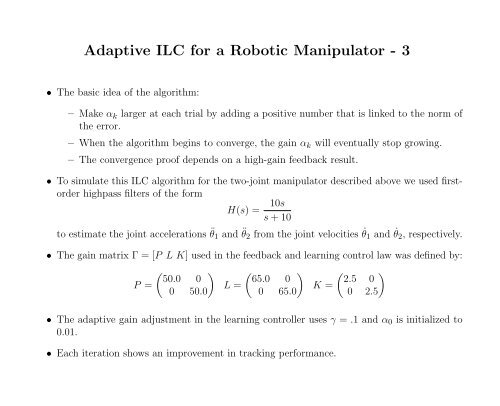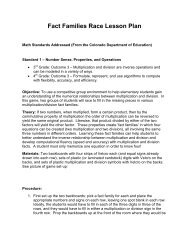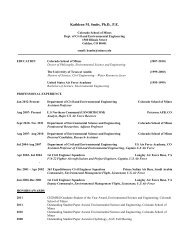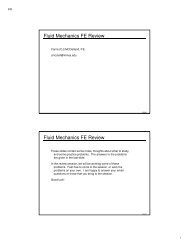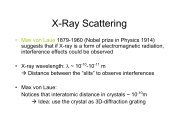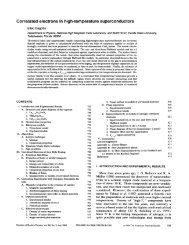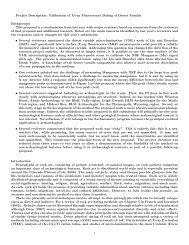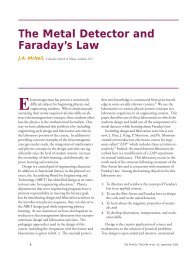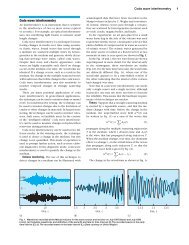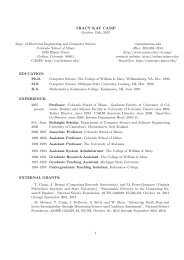An Introduction to Iterative Learning Control - Inside Mines
An Introduction to Iterative Learning Control - Inside Mines
An Introduction to Iterative Learning Control - Inside Mines
Create successful ePaper yourself
Turn your PDF publications into a flip-book with our unique Google optimized e-Paper software.
Adaptive ILC for a Robotic Manipula<strong>to</strong>r - 3<br />
• The basic idea of the algorithm:<br />
– Make αk larger at each trial by adding a positive number that is linked <strong>to</strong> the norm of<br />
the error.<br />
– When the algorithm begins <strong>to</strong> converge, the gain αk will eventually s<strong>to</strong>p growing.<br />
– The convergence proof depends on a high-gain feedback result.<br />
• To simulate this ILC algorithm for the two-joint manipula<strong>to</strong>r described above we used firs<strong>to</strong>rder<br />
highpass filters of the form<br />
H(s) = 10s<br />
s + 10<br />
<strong>to</strong> estimate the joint accelerations ¨ θ1 and ¨ θ2 from the joint velocities ˙ θ1 and ˙ θ2, respectively.<br />
• The gain matrix Γ = [P L K] used in the feedback and learning control law was defined by:<br />
P =<br />
�<br />
50.0 0<br />
�<br />
0 50.0<br />
L =<br />
�<br />
65.0 0<br />
�<br />
0 65.0<br />
K =<br />
� �<br />
2.5 0<br />
0 2.5<br />
• The adaptive gain adjustment in the learning controller uses γ = .1 and α0 is initialized <strong>to</strong><br />
0.01.<br />
• Each iteration shows an improvement in tracking performance.


